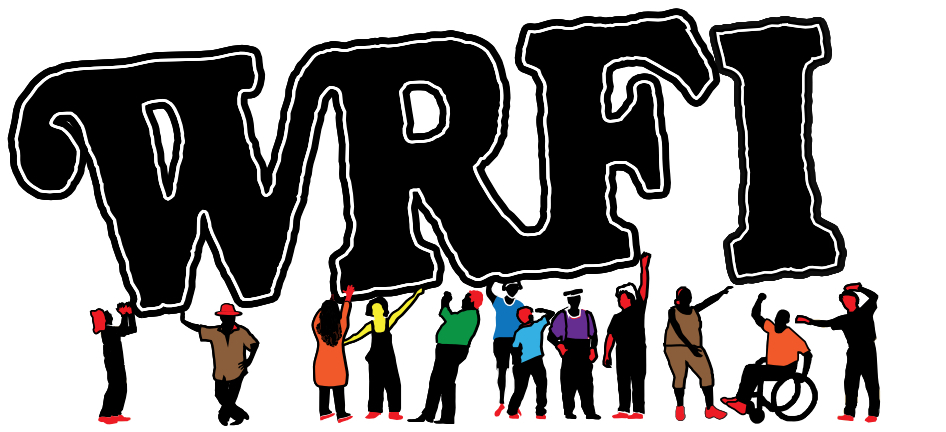Celebrating The International Day of the World’s Indigenous Peoples
Friday August 9th marks the International Day of the World’s Indigenous Peoples, first proclaimed by the United Nations General Assembly in 1994. This year’s focus is “Indigenous peoples building alliances: Honouring treaties, agreements and other constructive arrangements.”
According to the United Nations the goal of this year’s theme is to quote: “highlight the importance of honouring arrangements between States, their citizens and indigenous peoples that were designed to recognize indigenous peoples’ rights to their lands and establish a framework for living in proximity and entering into economic relationships. Agreements also outline a political vision of different sovereign peoples living together on the same land, according to the principles of friendship, cooperation and peace.” End quote.
These principles are contained in the United Nations Declaration on the Rights of Indigenous Peoples, that was adopted by the UN General Assembly in 2007. It recognizes among other things, the right to self-determination, to lands, territories, and resources they have traditionally owned or occupied, and to revitalize, use, develop and transmit to future generations their histories, languages, oral traditions, philosophies, writing systems and literature.
At the time the UN adopted the Declaration on the Rights of Indigenous Peoples in 2007, most countries in the world voted in favor, eleven abstained and four opposed it, among those the United States. In 2010 President Obama reversed the vote of the United States, the last country in the world to drop its opposition. The declaration is not legally binding but represents a country’s willingness to critically assess its past with native peoples and to forge positive and constructive relationships.
To commemorate International Day of the World’s Indigenous Peoples on August 9th, the United Nations will host a special event starting at 3 p.m. at its headquarters in New York City, that includes representatives of the UN as well as indigenous leaders from around the world. The event will be webcast live at webtv.un.org .
As part of the day’s activities, hundreds of indigenous and non-indigenous rowers are scheduled to arrive at Pier 96 at 57th Street in Manhattan at 10am, to commemorate the Two Row Wampum, the first treaty between the Haudenosaunee peoples of New York, also known as the Iroquois, and the Dutch in 1613, four hundred years ago. They will gather with members of the UN Permanent Forum on Indigenous Issues at Dag Hammarskjold Plaza at 1:30pm.
The Two Row Wampum belt depicts two parallel purple lines on white background, representing the canoe of the Haudenosaunee and the boat of European newcomers traveling side by side on the river of life. The treaty recognizes each group of people as having their own histories, social norms, laws, and cultural practices. While traveling on the river together, neither group is supposed to interfere with the other. They are supposed to live in mutual respect and friendship, sharing the resources of nature in a responsible manner.
As Irina Bokova, Director-General of UNESCO, notes quote “In a world undergoing rapid environmental change and societies experiencing deep transformation, solidarity must be our guiding principle — solidarity embodied in alliances amongst indigenous groups and with non-indigenous partners — to safeguard and promote unique identities, languages, knowledge systems and worldviews.” End quote.
There are currently around 370 million indigenous peoples worldwide, representing 5 percent of the world’s population. More than two million native peoples live in the United States. Tens of thousands of them in New York.
Historically many of the treaties concluded between the Haudenosaunee and the governments of New York and the United States have been violated. In the years following the American Revolution millions of acres of land were taken from the Haudenosaunee, opening central and western New York for settlement to Euro-Americans. Many communities, among them Ithaca, have been built on land that originally belonged to the Haudenosaunee or their allies.
Local groups across the state have been working in solidarity with the Haudenosaunee, among them the Neighbors of the Onondaga Nation, which is part of the Syracuse Peace Council. They will be among the rowers to join activities in Manhattan. Chief Oren Lyons from the Onondaga Nation will be one of the speakers at the United Nations.
More information can be found at the websites of the UN, UNESCO, and Survival International, which is an organization devoted to the protection of indigenous peoples around the world. Info about the two row wampum campaign is at http://honorthetworow.org/
